Home>Furniture & Design>Interior Design Trends>How To Break Car Glass With Salt


Interior Design Trends
How To Break Car Glass With Salt
Modified: October 20, 2024
Learn the latest interior design trends and how to break car glass with salt. Discover innovative ideas to elevate your space and enhance your safety.
(Many of the links in this article redirect to a specific reviewed product. Your purchase of these products through affiliate links helps to generate commission for Storables.com, at no extra cost. Learn more)
Introduction
Breaking car glass with salt may seem like an unconventional concept, but it's a technique that has gained attention for its simplicity and effectiveness. Whether you find yourself in an emergency situation or simply want to be prepared for unforeseen circumstances, knowing how to utilize salt to break car glass can be a valuable skill.
In this article, we will delve into the intriguing method of using salt to break car glass. By understanding the properties of both salt and glass, as well as the steps involved in this process, you will gain valuable insights into a potentially life-saving technique. Additionally, we will highlight essential safety precautions to ensure that this method is executed responsibly and without harm.
As we embark on this exploration, it's important to approach this information with a sense of curiosity and open-mindedness. While breaking car glass with salt may not be a conventional practice, it's a fascinating example of how everyday materials can be repurposed in unexpected ways. So, let's delve into the fascinating world of utilizing salt to break car glass and uncover the intricacies of this unconventional yet practical technique.
Key Takeaways:
- You can break car glass with salt by applying pressure to exploit the glass’s vulnerabilities. It’s a creative and resourceful technique, but safety precautions are crucial for a controlled and safe process.
- Breaking car glass with salt showcases the unexpected potential of everyday materials. It’s a blend of science and problem-solving, reminding us to think creatively in addressing unforeseen challenges.
Read more: What Breaks Car Windows
Understanding the properties of salt and glass
To comprehend the process of breaking car glass with salt, it's essential to grasp the fundamental properties of both salt and glass. Salt, in its common form as sodium chloride, is a crystalline compound renowned for its abrasive nature. When applied with force, salt crystals can exert significant pressure on a surface, making them capable of causing abrasion or even fracture.
On the other hand, glass, while appearing solid and unyielding, possesses a unique molecular structure that contributes to its strength and fragility. Glass is an amorphous solid, lacking the crystalline structure found in most solids. This molecular arrangement renders glass transparent and allows it to transmit light, but it also makes it susceptible to sudden and catastrophic failure when subjected to localized stress.
When salt is strategically utilized to exploit the vulnerabilities of glass, the abrasive nature of the salt crystals can initiate a process known as stress corrosion, which weakens the glass at a microscopic level. This weakening, combined with the localized stress applied by the salt, can ultimately lead to the fracture and subsequent breakage of the glass.
Furthermore, the hygroscopic nature of salt, meaning its ability to absorb moisture from the surrounding environment, can also play a role in this process. When salt comes into contact with glass, it can attract moisture, potentially exacerbating the stress corrosion and further compromising the structural integrity of the glass.
By understanding these properties, it becomes evident that the interaction between salt and glass is not merely a physical confrontation, but a nuanced interplay of molecular forces. This insight underscores the intriguing complexity of utilizing salt to break car glass, elevating it from a rudimentary application of force to a fascinating demonstration of material science in action.
In the next section, we will delve into the practical steps involved in breaking car glass with salt, building upon this foundational understanding to elucidate the process in detail.
Steps to break car glass with salt
-
Select a suitable salt: Begin by choosing a coarse-grained salt, such as rock salt or kosher salt, as these varieties are more effective in exerting pressure on the glass surface due to their larger crystal size.
-
Apply the salt: Thoroughly cover the targeted area of the car glass with a generous amount of salt. Ensure that the salt is evenly distributed and forms a substantial layer over the surface to maximize its abrasive potential.
-
Exert pressure: Using your hand or a tool, apply firm and consistent pressure on the salt-covered area of the glass. The goal is to create localized stress on the glass, leveraging the abrasive nature of the salt to initiate microscopic weakening of the surface.
-
Repeat the process: If the glass does not yield to the initial application of salt and pressure, repeat the process multiple times, gradually increasing the force applied. This iterative approach allows the salt to continue exerting pressure on the glass, incrementally weakening its structural integrity.
-
Monitor for signs of weakening: As you apply pressure, observe the salt-covered area for any indications of stress corrosion or weakening of the glass. Look for hairline fractures or the formation of fine powder, which are signs that the glass is succumbing to the abrasive action of the salt.
-
Execute caution: Exercise caution and patience throughout the process, as breaking car glass with salt requires deliberate and controlled application of force. Avoid excessive force that may pose safety risks or cause unintended damage to the surrounding areas of the vehicle.
-
Prepare for breakage: Once the glass shows signs of significant weakening, be prepared for the eventual breakage. Clear the surrounding area to ensure safety, and maintain a safe distance to avoid potential injury from the fractured glass.
-
Observe the results: As the glass succumbs to the pressure and stress corrosion induced by the salt, it will eventually fracture and break. Take note of the effectiveness of the salt in achieving this outcome, and reflect on the interplay of forces that led to the successful breakage.
By following these steps with precision and attentiveness, you can harness the abrasive power of salt to effectively break car glass when necessary. This method, while unconventional, underscores the resourcefulness and adaptability of everyday materials in addressing unexpected challenges.
Mix salt with water to create a concentrated solution. Pour the solution onto the car glass and let it sit for a few minutes. The salt will weaken the glass, making it easier to break with a sharp object.
Safety precautions
When engaging in the process of breaking car glass with salt, it is paramount to prioritize safety at every stage of the procedure. While the technique itself may appear straightforward, it involves the application of force and the potential for glass breakage, necessitating a cautious and methodical approach. Here are essential safety precautions to adhere to throughout the process:
-
Protective gear: Prior to initiating the salt application and pressure exertion, ensure that you are equipped with appropriate protective gear. This includes wearing safety goggles to shield your eyes from potential glass fragments and using gloves to safeguard your hands from abrasive materials and potential injuries.
-
Clear the surroundings: Before commencing the process, clear the immediate surroundings of the targeted glass area. Remove any objects or debris that could pose obstacles or hazards during the glass-breaking process. Creating a clear and unobstructed space minimizes the risk of accidents and facilitates a controlled environment for the procedure.
-
Maintain a safe distance: As the pressure is applied to the salt-covered glass, maintain a safe distance from the targeted area. This precaution is essential to mitigate the risk of injury in the event of sudden glass breakage. By standing at a safe distance, you reduce the likelihood of being in proximity to airborne glass particles.
-
Controlled force application: Exercise restraint and precision when applying pressure to the salt-covered glass. Avoid excessive force that could lead to uncontrolled breakage or cause damage beyond the intended area. By exerting controlled and deliberate pressure, you can effectively manage the process and minimize the potential for unintended consequences.
-
Patience and attentiveness: Throughout the process, maintain patience and attentiveness to the evolving condition of the glass. Observe for signs of weakening and stress corrosion, and proceed with the next steps judiciously. Rushing the process or applying excessive force due to impatience can compromise safety and the effectiveness of the technique.
-
Proper disposal of broken glass: In the event of successful glass breakage, handle the disposal of broken glass with care. Use appropriate tools and containers to collect and dispose of the glass fragments responsibly, preventing potential injuries from sharp edges and ensuring a clean and safe environment post-procedure.
By adhering to these safety precautions, you can execute the process of breaking car glass with salt responsibly and minimize the inherent risks associated with the technique. Prioritizing safety not only safeguards against potential injuries but also contributes to a controlled and effective execution of the method.
Remember, safety should always be the foremost consideration when undertaking any procedure involving force and materials that have the potential to cause harm. By integrating these safety precautions into the process, you can harness the power of salt to break car glass while maintaining a secure and controlled environment.
Conclusion
In conclusion, the utilization of salt to break car glass, while unconventional, exemplifies the resourcefulness and adaptability inherent in addressing unexpected challenges. By understanding the properties of salt and glass, as well as the nuanced interplay of forces involved, we gain valuable insights into the scientific and practical aspects of this technique.
The process of breaking car glass with salt, as outlined in the preceding sections, underscores the deliberate and controlled application of force to exploit the vulnerabilities of glass. From selecting the appropriate salt and applying it with precision to exerting pressure and monitoring for signs of weakening, each step reflects a harmonious blend of material science and practical methodology.
Moreover, the safety precautions emphasized throughout the process underscore the paramount importance of prioritizing safety and responsible execution. By integrating protective gear, maintaining a safe distance, and exercising controlled force application, individuals can engage in this technique with a heightened awareness of potential risks and a commitment to mitigating them.
It is essential to recognize that the application of this method should be approached with discretion and a clear understanding of its intended use. Whether in emergency situations where conventional means of glass breakage are unavailable or as a demonstration of innovative problem-solving, the knowledge of breaking car glass with salt can serve as a valuable asset.
Furthermore, the unconventional nature of this technique invites a broader reflection on the versatility of everyday materials and their potential to transcend conventional applications. It prompts us to reconsider the boundaries of resourcefulness and creativity, showcasing how simple substances can be repurposed to address unforeseen circumstances.
In essence, the process of breaking car glass with salt encapsulates a convergence of scientific principles, practical application, and a testament to human ingenuity. It serves as a reminder that solutions to challenges can emerge from unexpected sources, and that a deeper understanding of materials and their properties can yield innovative approaches to problem-solving.
As we conclude this exploration, it is evident that the utilization of salt to break car glass not only offers a practical technique but also serves as a compelling example of the intersection between science, creativity, and real-world applicability. It stands as a testament to the potential for unconventional methods to inspire new perspectives and solutions, enriching our collective understanding of the diverse applications of everyday materials.
Frequently Asked Questions about How To Break Car Glass With Salt
Was this page helpful?
At Storables.com, we guarantee accurate and reliable information. Our content, validated by Expert Board Contributors, is crafted following stringent Editorial Policies. We're committed to providing you with well-researched, expert-backed insights for all your informational needs.
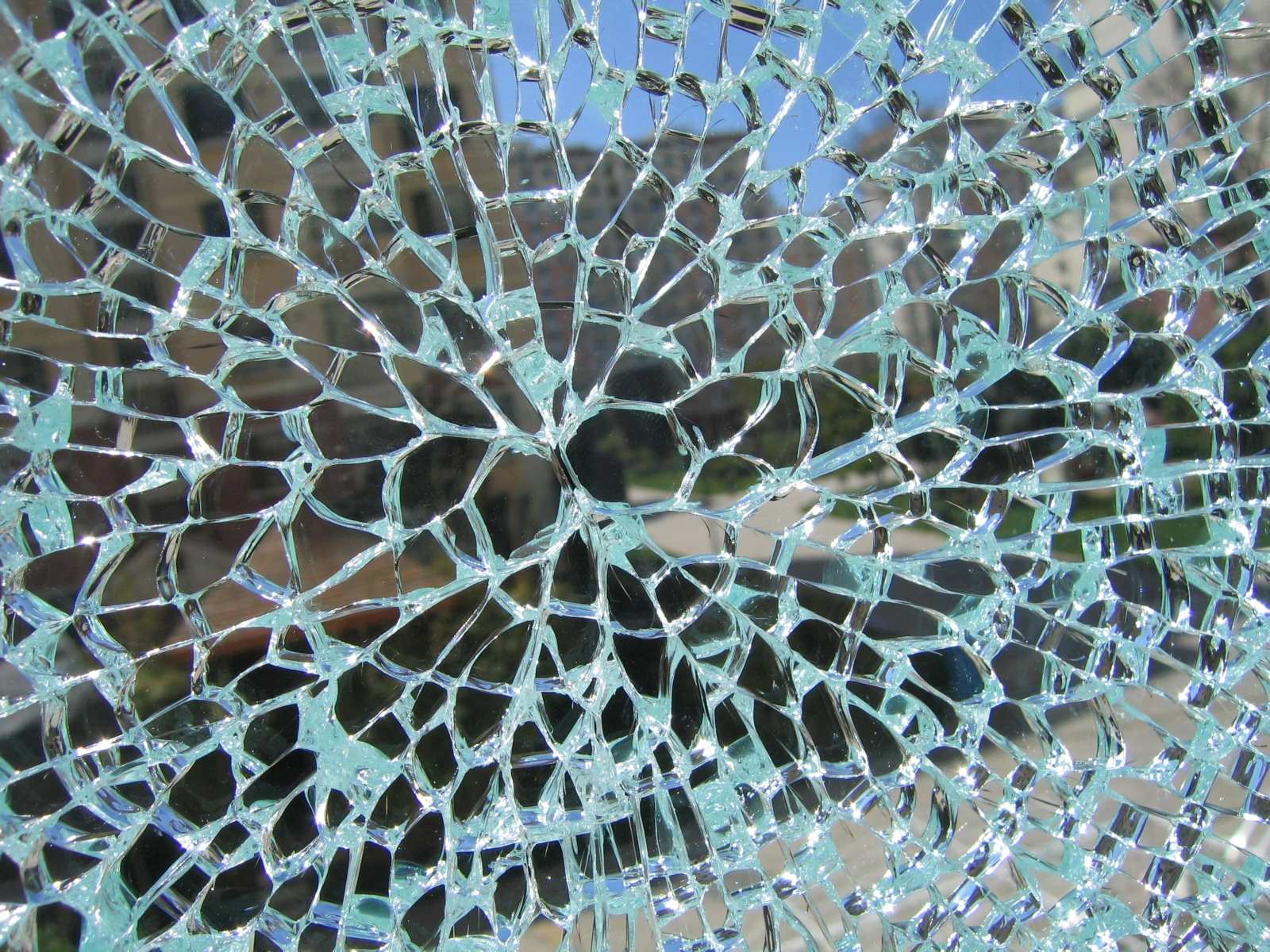
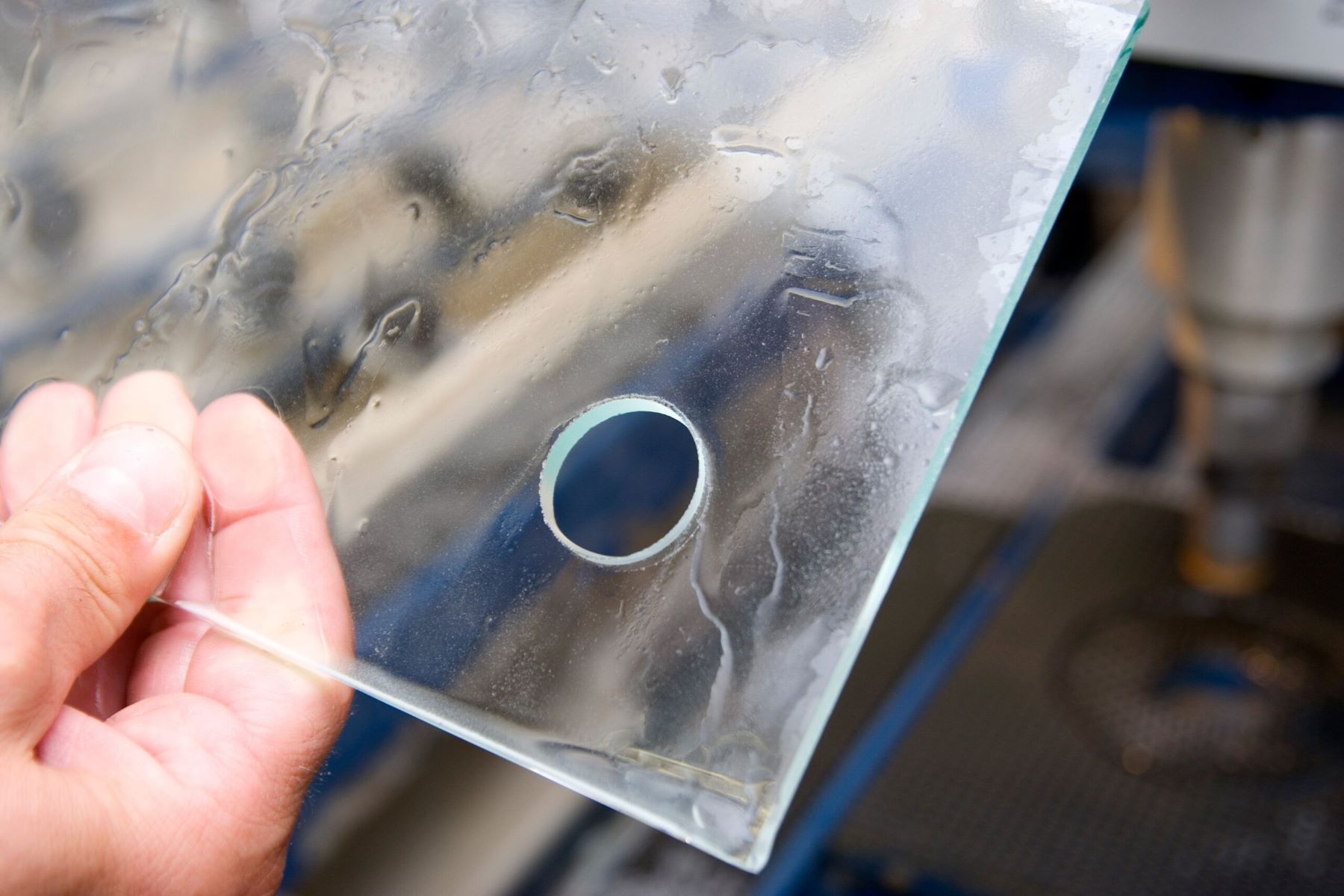
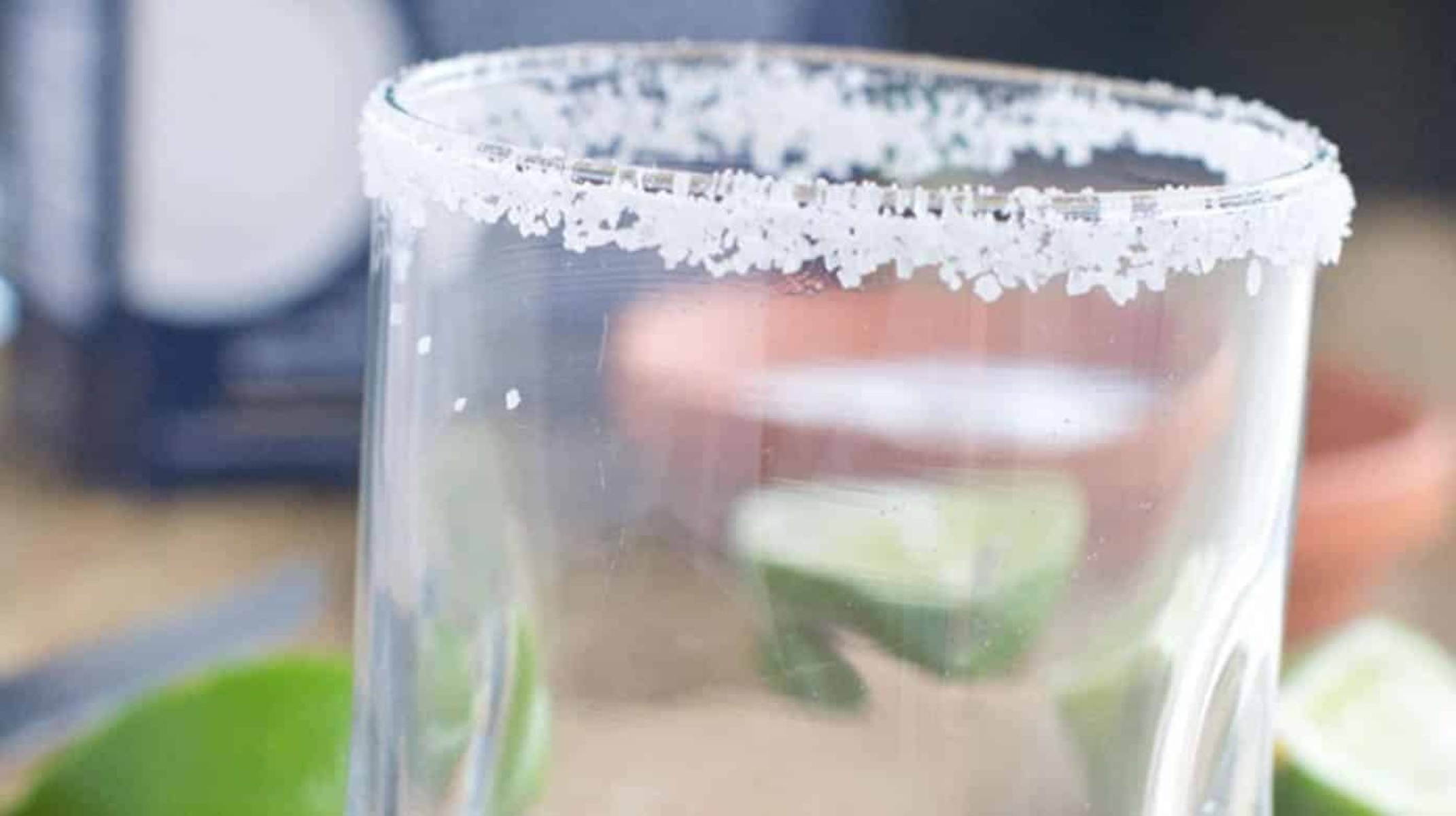
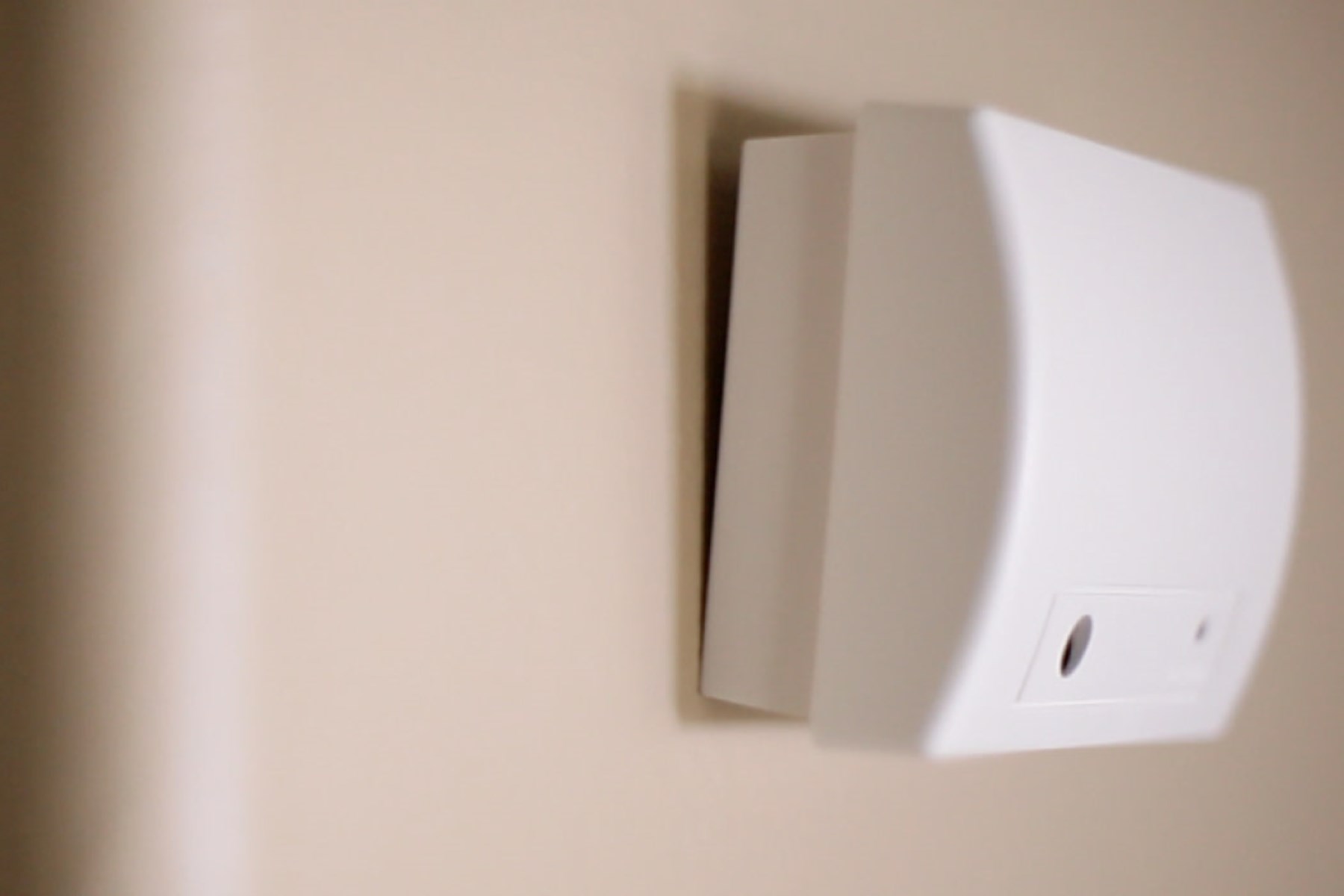
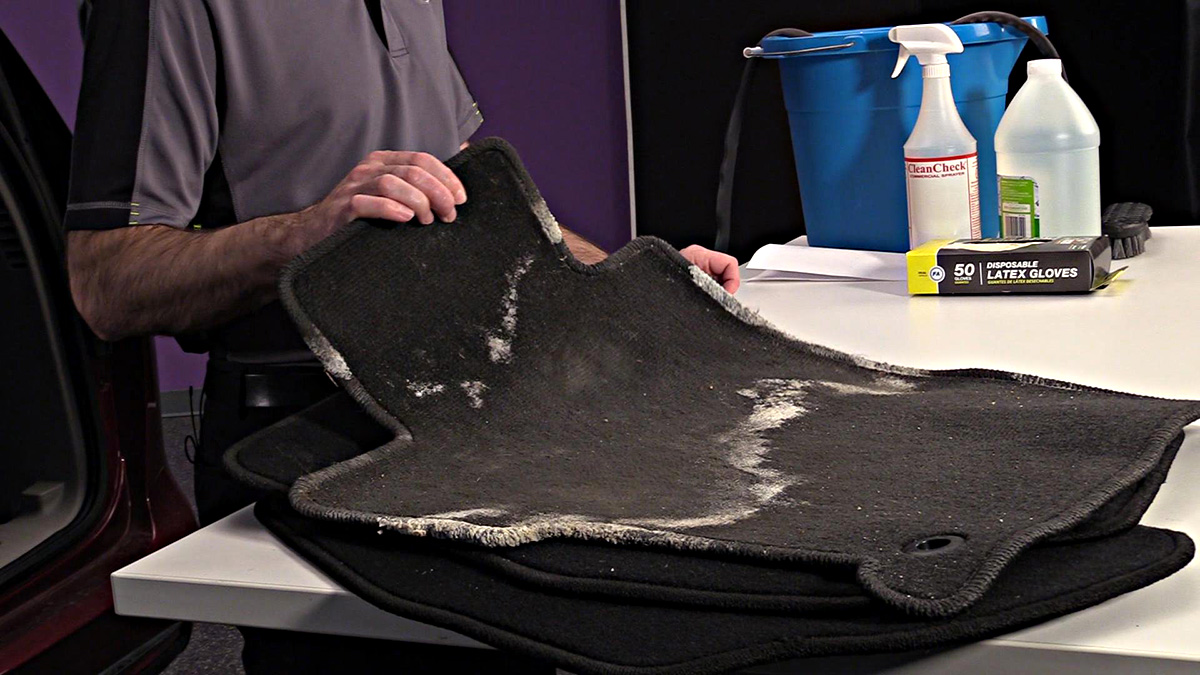
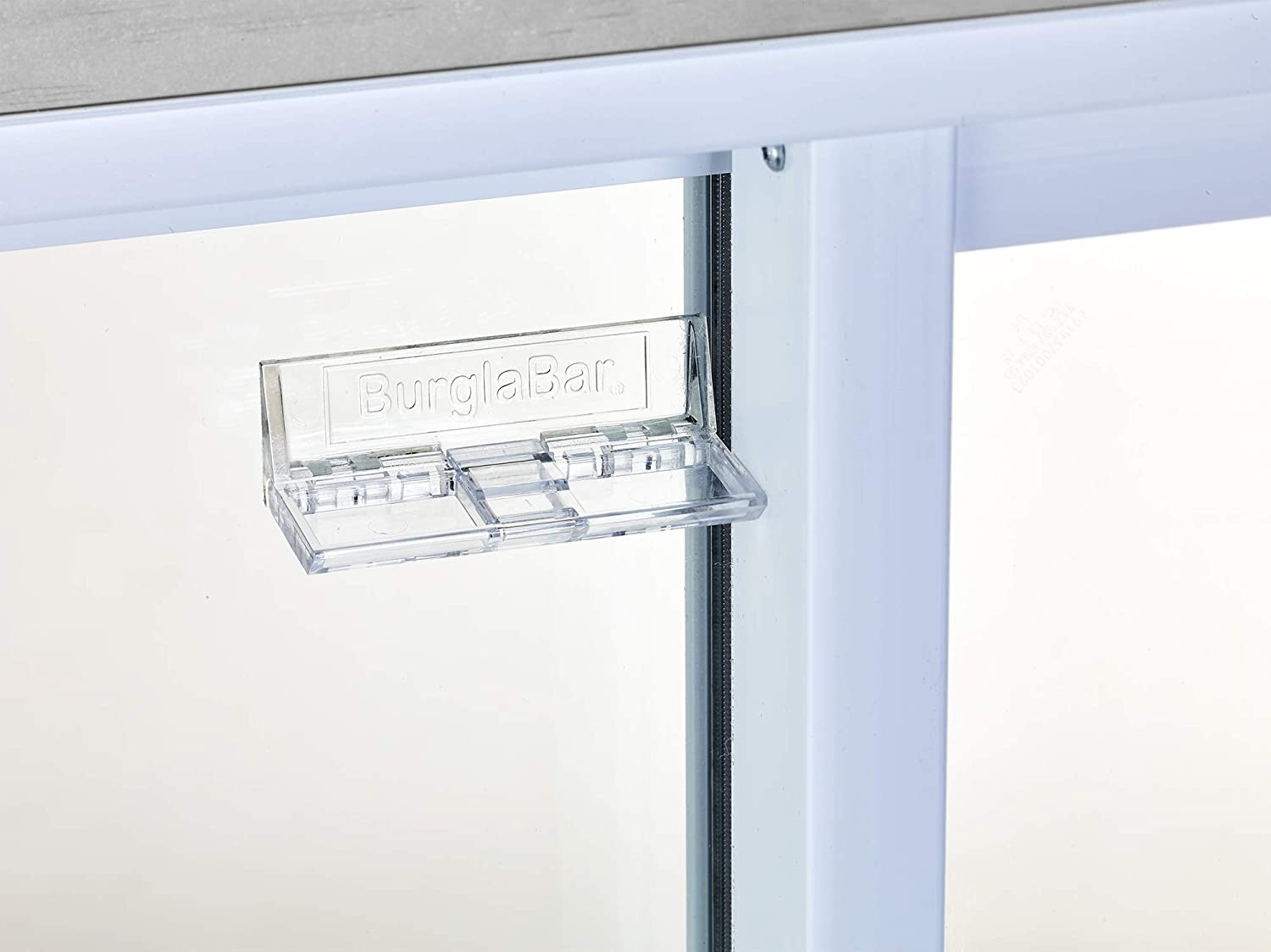


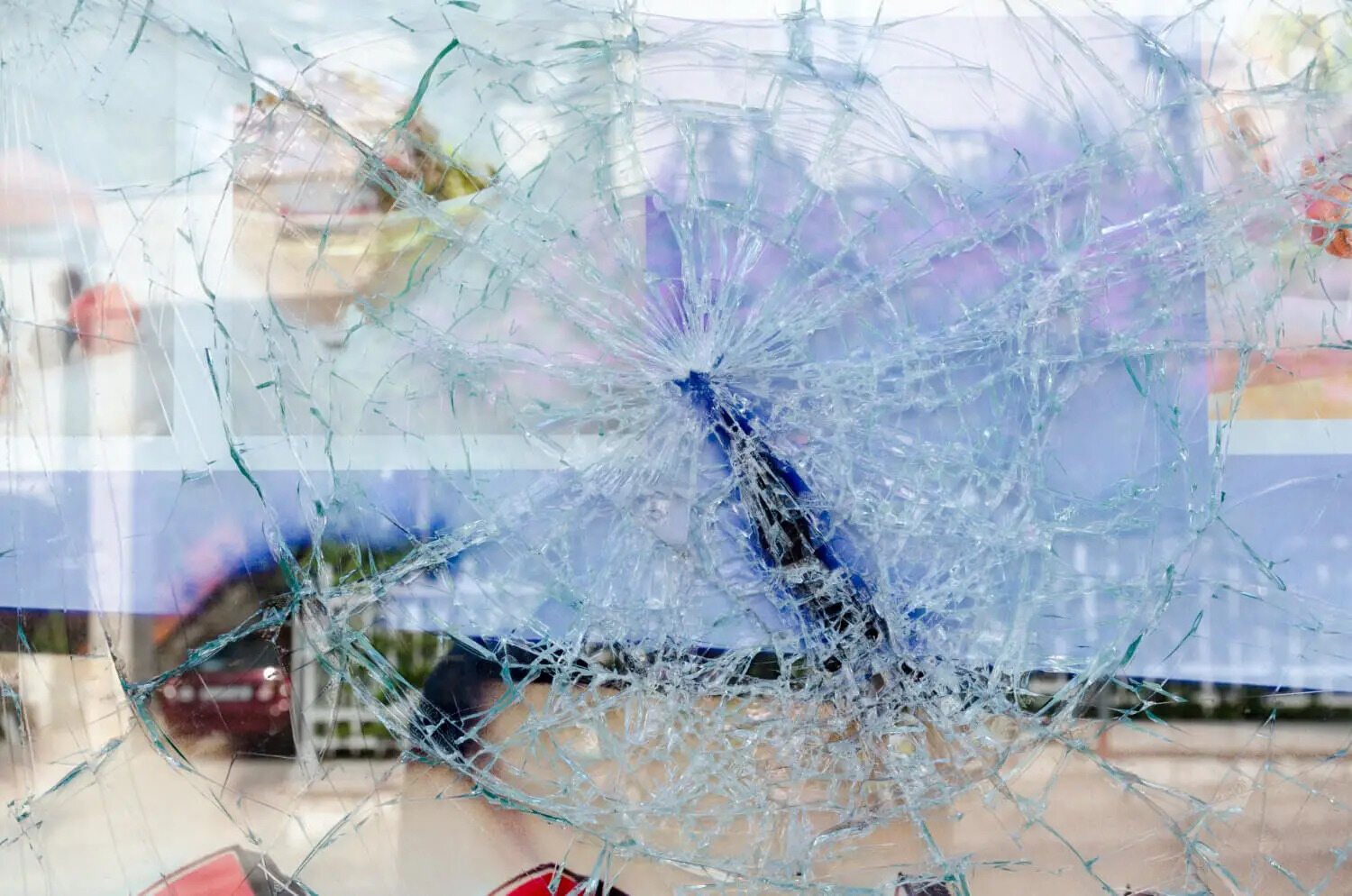
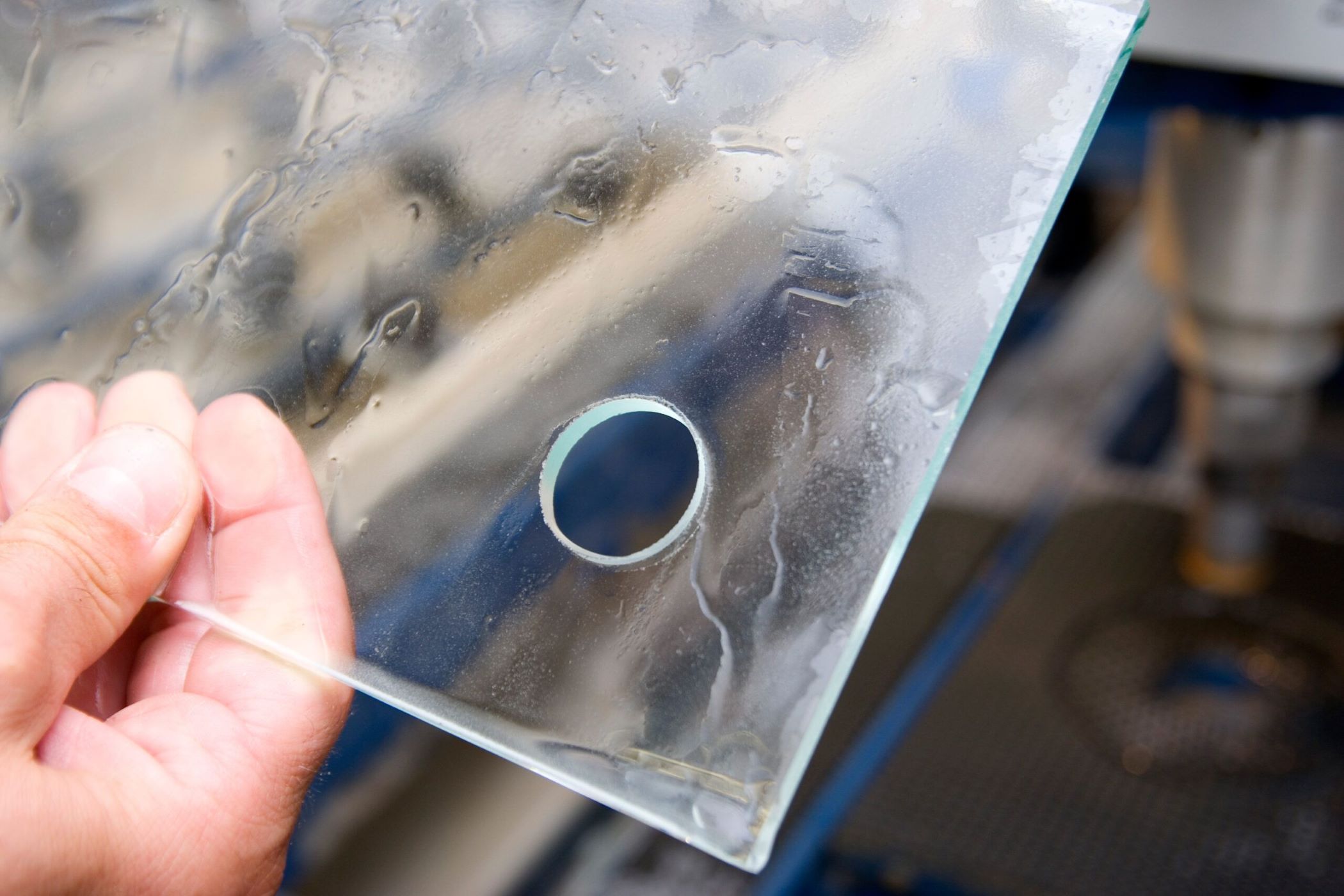
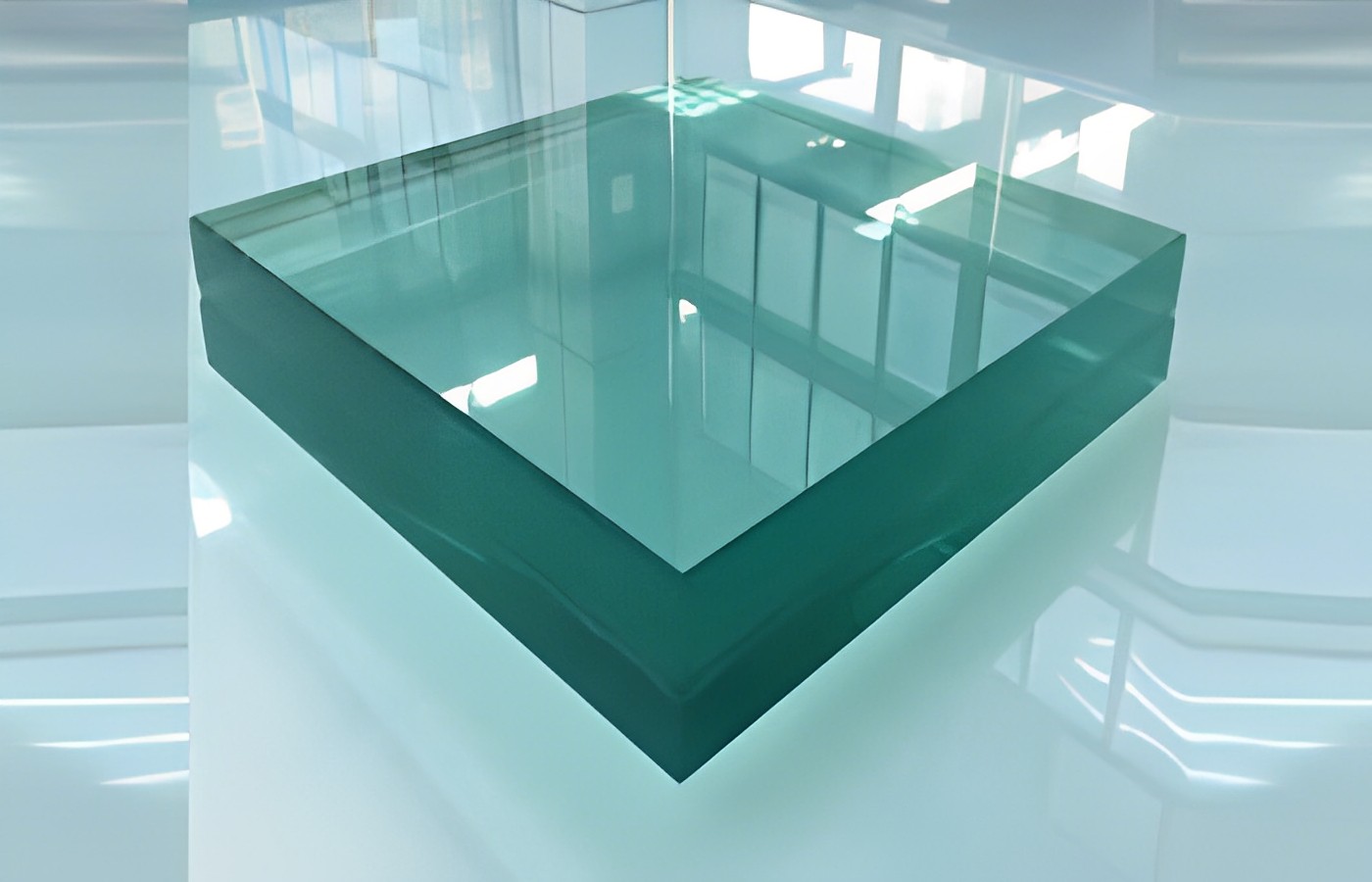


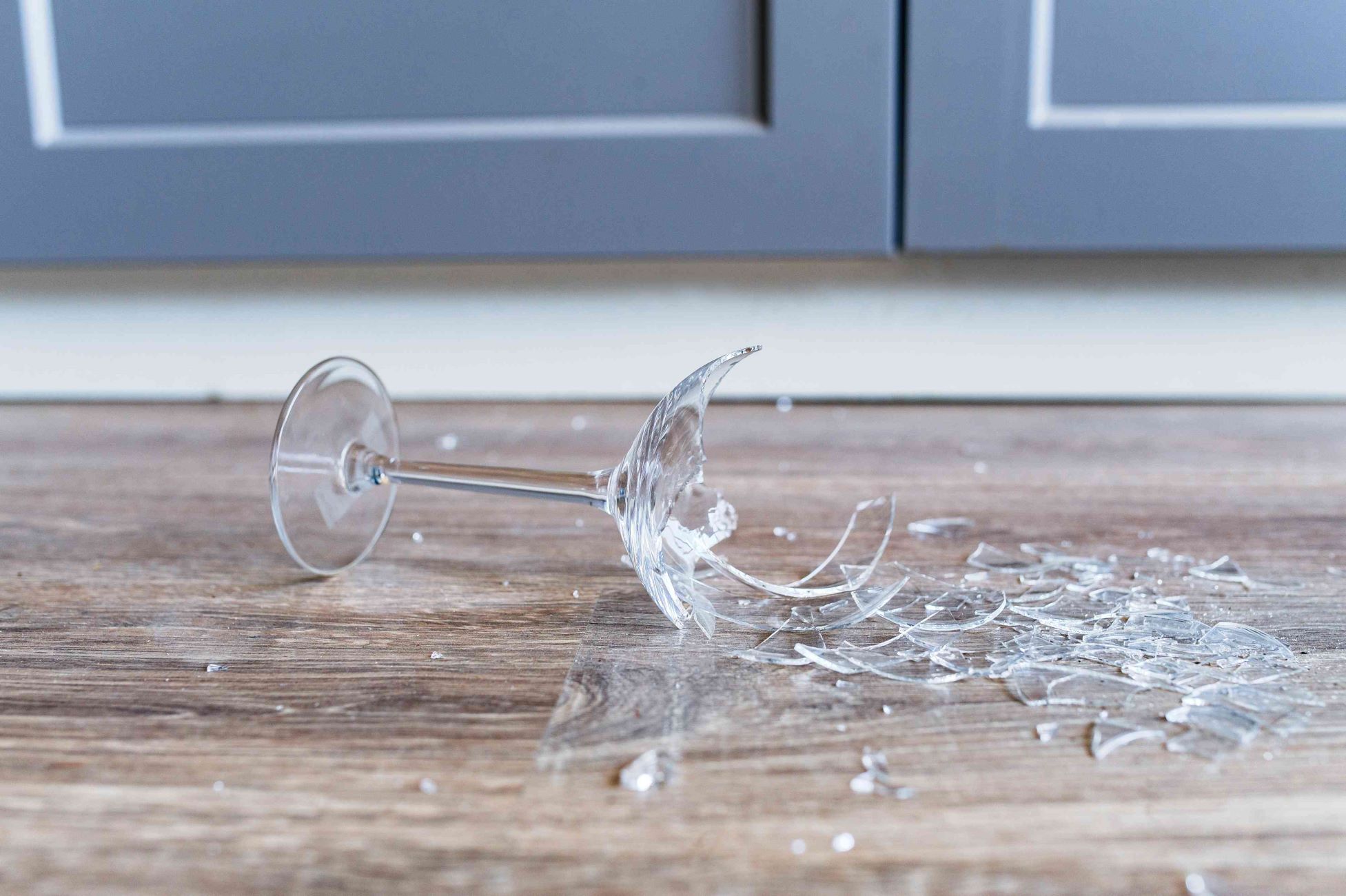
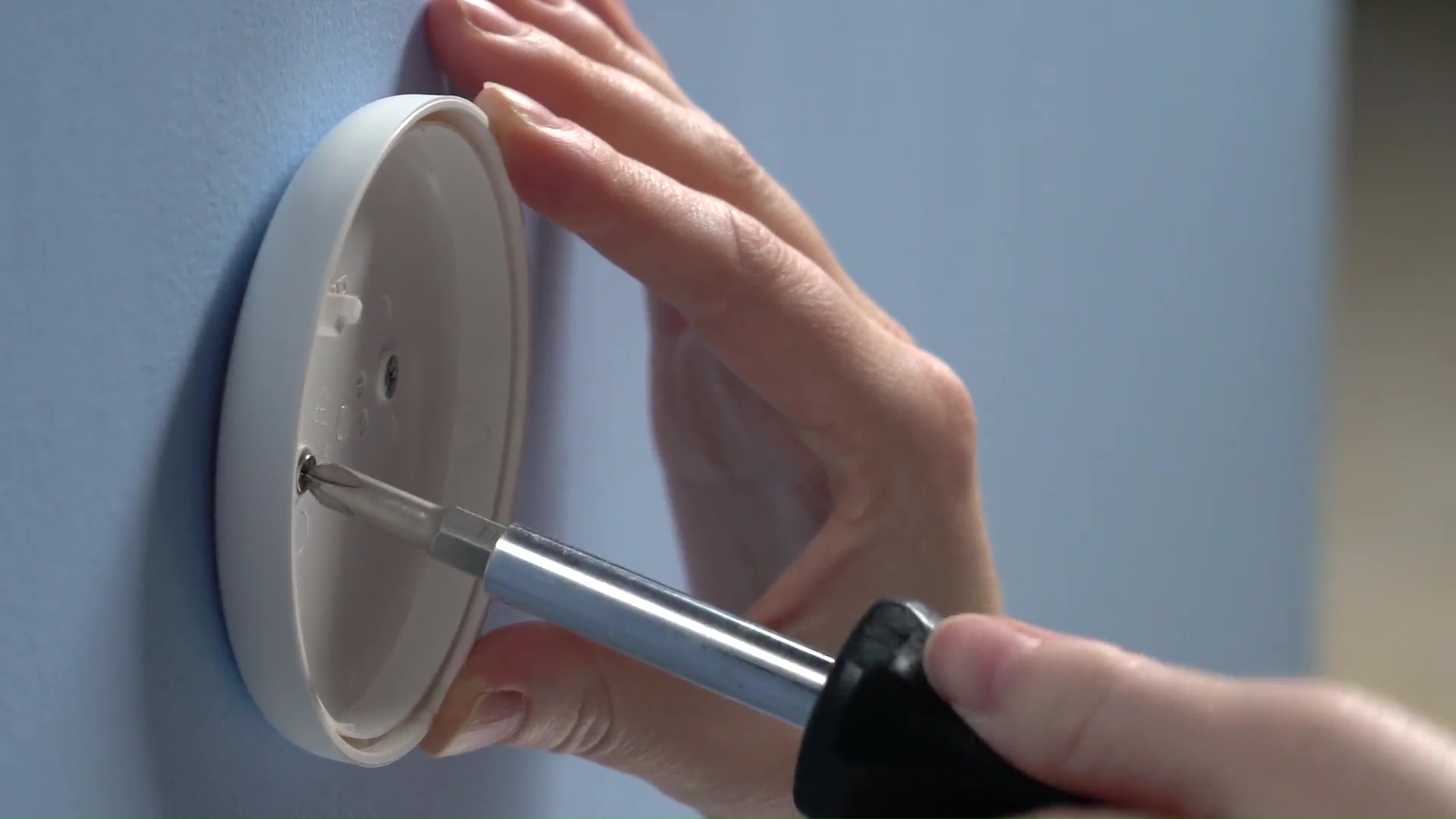

0 thoughts on “How To Break Car Glass With Salt”